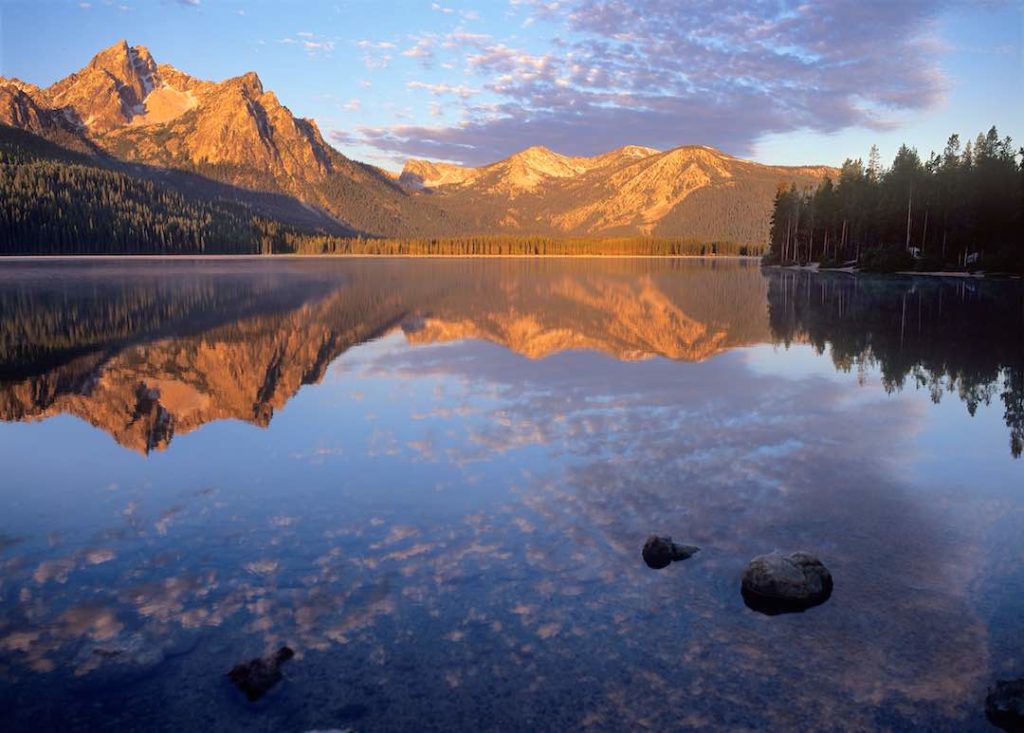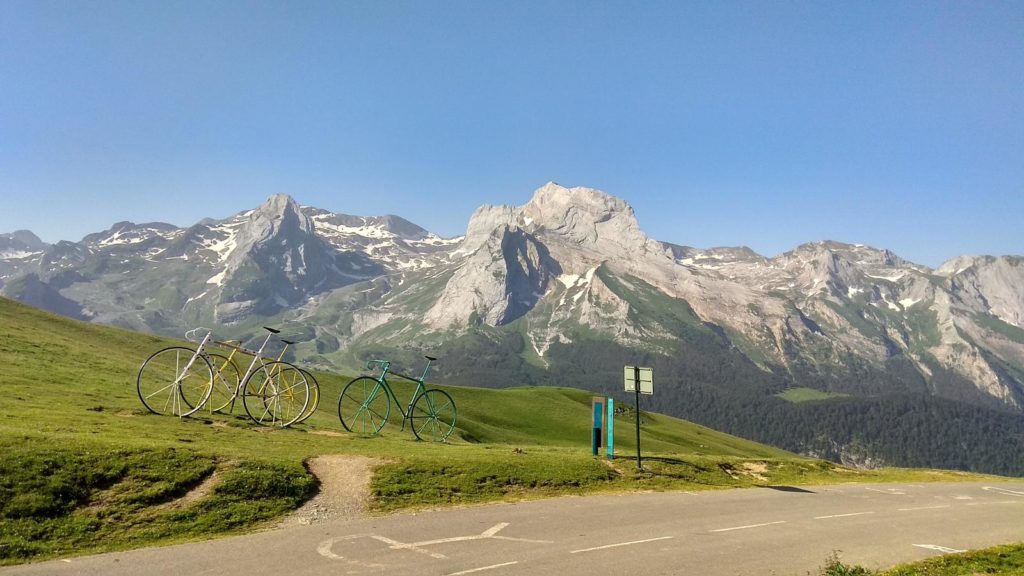The Best Golf Course in the World

If you are looking for the best-golfing experience possible, then the St. Andrews Old Course in Scotland is the place to be. You will find that it has everything that you could want in a golf course.
The folks over at Carts & Parts mentioned this golf course is home to some of Europe’s finest golf courses. This course is one of the most popular in the country, and many golfers find it so popular that it can fill up very quickly, so make sure to make reservations.
The St Andrews Old Course has been rated as one of the top 100 courses in the world. This type of rating is a good indication of the sheer quality it has. If you play golf, you can’t go wrong with playing on this course. You can see why it is considered such a popular golfing resort.
St. Andrews
One of the things you will enjoy most about the St Andrews Old Course is how close it is to the city of St Andrews. Being this close is a very nice thing to offer when you are playing a golf round.
If you love golf, you will definitely find that you have to visit this course on your next vacation or trip to the United Kingdom. The golf course is magnificent, and you are sure to be delighted by the sights and sounds. If you love playing golf, then this is the place that you want to go.
Adults Only
You will find that there are some parts of the course that are off-limits to children. However, this is just a precaution to ensure that no one takes advantage of your child’s inexperience. There are some areas of the course that are for adults only. You need to make sure that you know where you stand when you are playing. Otherwise, you might find yourself in some serious trouble.
Amazing Views
The St Andrews Old Course has some great views as well. If you enjoy watching the various parts of the countryside, you will undoubtedly enjoy your golfing experience. There are many places where you can sit down and enjoy a fine lunch or dinner while you watch the lovely weather patterns.
…
Read more
